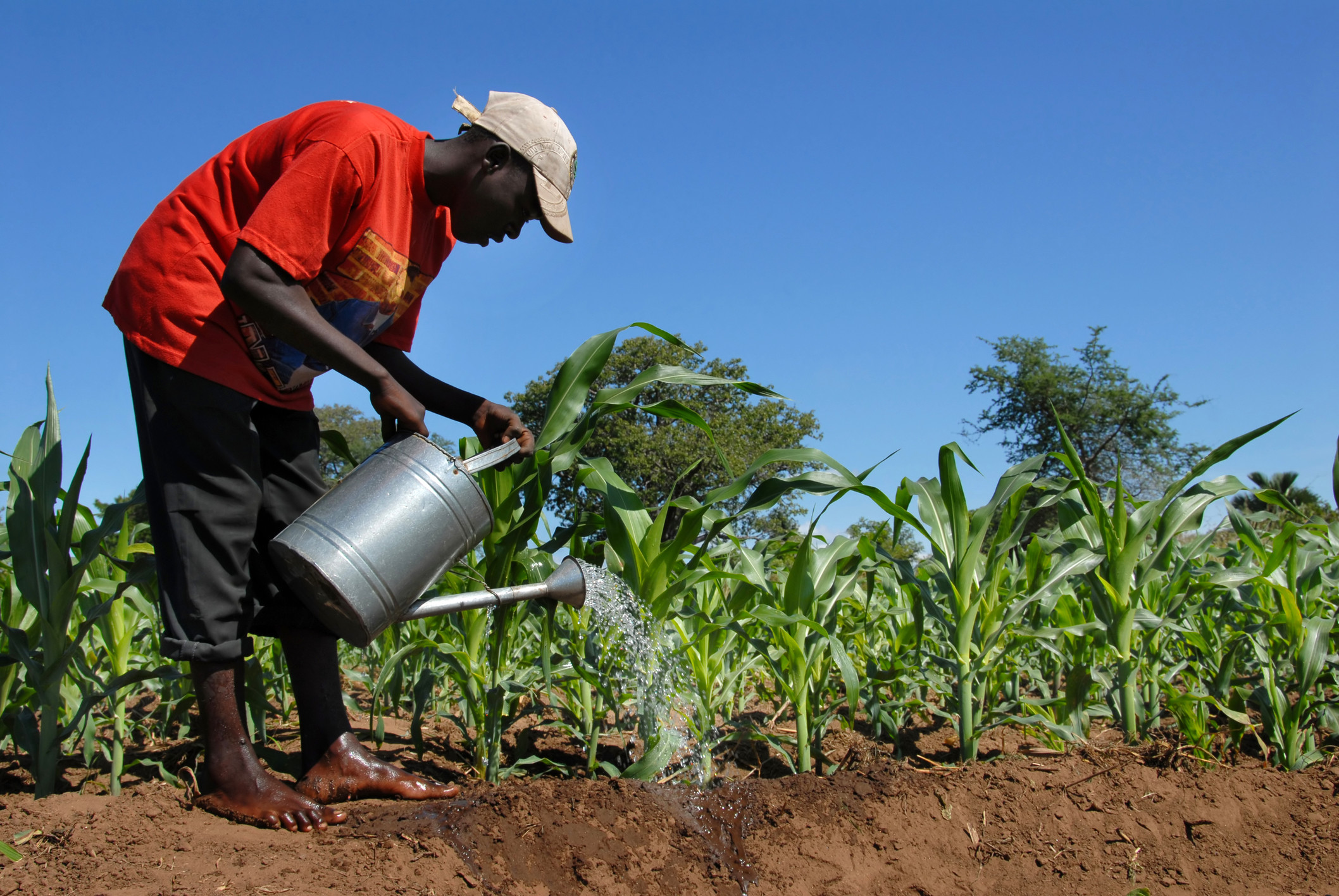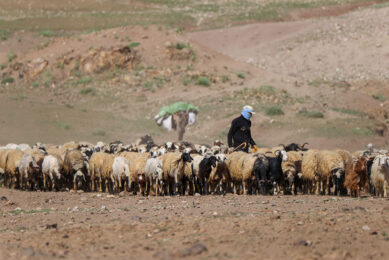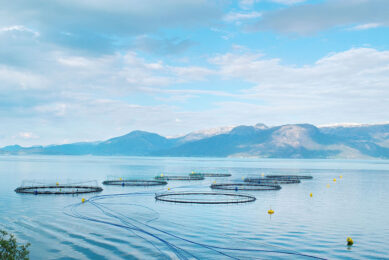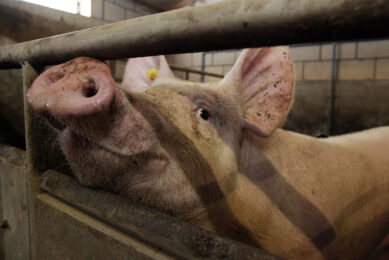Can Africa feed itself in the future?

Global food demand is expected to increase 60% by 2050 compared with 2005/2007. The rise will be much greater in sub-Saharan Africa. But can Africa feed itself? A group of researchers delved into this question.
Sub-Saharan Africa (SSA) is the region at greatest food security risk because by 2050 its population will increase 2.5-fold and demand for cereals approximately triple, whereas current levels of cereal consumption already depend on substantial imports. In a recently published review by PNAS, a group of researchers looked at 10 countries in SSA (Burkina Faso, Ghana, Mali, Niger, Nigeria, Ethiopia, Kenya, Tanzania, Uganda, and Zambia) and their ability to be self-sufficient by 2050 for the 5 main cereals (maize, millet, rice, sorghum, and wheat). It was studied whether this can be realised on excising cropland area or, instead, will require cropland expansion or food imports. Together these 10 countries represent 54% of total population and 58% of the arable land area in SSA. Current total cereal demands (consumption) per country were calculated as the product of current population size (see figure below).
Yield increase rates are too slow
Trends show that all countries except Ethiopia and Zambia have cereal yields growing more slowly than population and demand, whereas total cropland area has increased 14% in just the past 10 years. Much of the increase in area took place in Ethiopia and Tanzania. National statistics in these 2 countries indicate that the additional crop land came from deforestation, conversion of marginal grazing land, and recultivation, using better technologies, of crop land that had previously been abandoned.
Also interesting: Future farm sustainability: Value or volume?
Access to seed, fertiliser and pest management is issue
The researchers also write that it is possible to increase yield increases in SSA. In the 1991–2014 period, maize yield increase averaged only 27 and 34 kg/ha/yr. in the 5 west and east SSA countries, respectively. Narrowing yield gaps from the present approximately 20% to 50% of water-limited maize yield potential in 2050 requires accelerated yield increase rates of 72 (west SSA) and 64 (east SSA) kg/ha/yr and approximately double those rates to attain the 80% threshold. Such high rates are feasible in both developed and developing countries where farmers have access to markets and to the seed, fertiliser, and pest management inputs required to support higher yields. To date, however, such conditions have been elusive in the majority of countries in SSA, although recent maize yield increases in Mali, Ethiopia, Uganda, and Zambia hold promise.
Closing gap current yield and yield potential
It can be concluded that, based on recent studies, we have indications that the global increase in food demand by 2050 can be met through closing the gap between current farm yield and yield potential on existing cropland. If yield gaps do not close, the projected 2050 production deficit for cereal self-sufficiency will need to be compensated by crop area expansion, greater cereal imports, or both. For instance, increasing maize yields from the approximately 20% of yield potential in 2010 to 50% by 2050 implies a doubling of annual yield increases compared with the past decades. Even then, cereal areas must increase by more than 80% to realize self-sufficiency in the 10 countries.
Also interesting: Agriculture must be ‘smarter, leaner and cleaner’
Becoming more dependent on food imports
According to the researchers, increasing yields with such high numbers is a difficult task. They state that, in addition to yield gap closure, other more complex and uncertain components of intensification are also needed, i.e., increasing cropping intensity (the number of crops grown per 12 months on the same field) and sustainable expansion of irrigated production area. If intensification is not successful and massive cropland land expansion is to be avoided, SSA will depend much more on imports of cereals than it does today, the researchers concluded.
Join 26,000+ subscribers
Subscribe to our newsletter to stay updated about all the need-to-know content in the feed sector, three times a week. Beheer
Beheer









 WP Admin
WP Admin  Bewerk bericht
Bewerk bericht